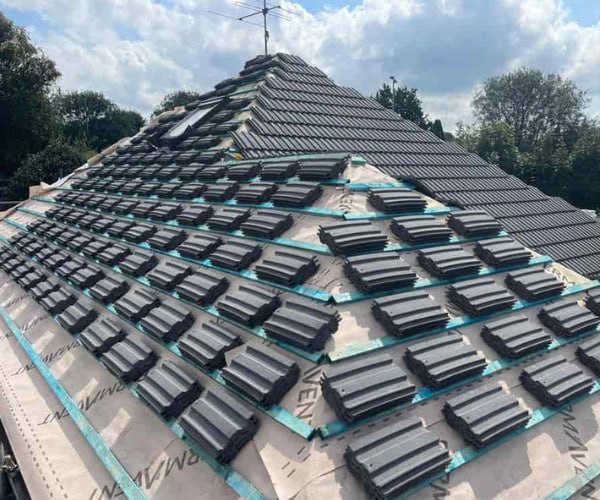Impact of Temperature Fluctuations on Lead Flashing
Introduction: Lead flashing is a crucial component in roofing systems, providing a weatherproof seal around roof penetrations like chimneys, skylights, and vents. While lead flashing is known for its durability and reliability, it is not immune to the effects of temperature fluctuations. In this blog post, presented by ATC Roofing Bromham, we will explore the impact of temperature fluctuations on lead flashing and how proper maintenance can mitigate potential issues.
Understanding Temperature Fluctuations
Temperature fluctuations are a common occurrence in most climates. From hot summer days to freezing winter nights, the expansion and contraction of building materials, including lead flashing, can lead to wear and tear over time. Understanding these fluctuations and their impact is essential for maintaining the integrity of your roofing system.
Effects of Temperature Fluctuations on Lead Flashing
- Expansion and Contraction: When temperatures rise, materials expand, and when they drop, they contract. Lead flashing is no exception. Over time, the repeated expansion and contraction can lead to fatigue in the flashing material, causing it to weaken.
- Seal Integrity: Temperature fluctuations can affect the seal formed by lead flashing. If the flashing doesn’t expand and contract uniformly with the surrounding materials, gaps can develop, allowing water to penetrate.
- Cracking and Brittle Flashing: Lead flashing can become brittle in extreme cold, increasing the risk of cracks. These cracks compromise the flashing’s ability to provide a watertight seal.
- Loosening of Fasteners: Temperature fluctuations may also affect nails or screws to secure lead flashing. Expansion and contraction can cause fasteners to loosen, potentially leading to flashing detachment.
Mitigating the Impact
- Regular Inspection: Inspect your lead flashing for signs of wear, tears, cracks, or detachment. Early detection can help prevent more extensive damage.
- Maintenance: If you notice any issues during inspections, address them promptly by repairing or replacing the flashing. Ensure proper sealing to maintain its effectiveness.
- Proper Installation: Quality installation is crucial. Properly installed lead flashing with adequate allowances for expansion and contraction can minimise potential issues.
- Coating: Applying a suitable coating or sealant to the flashing can help protect it from temperature-related damage.
- Consult Professionals: When in doubt or unfamiliar with lead flashing maintenance, consult roofing professionals like ATC Roofing Bromham for expert guidance and services.
Conclusion: Temperature fluctuations are an unavoidable part of the climate in many regions and can impact lead flashing over time. However, with proper maintenance and timely repairs, you can mitigate the potential issues caused by temperature-related wear and tear. Regular inspections and professional guidance from roofing experts like ATC Roofing Bromham are key to ensuring the long-lasting integrity of your lead flashing and roofing system. You can enjoy a well-protected and weatherproof home for years by taking these steps.
Call us on: 01234 982 391
Click here to find out more about ATC Roofing Bromham
Click here to complete our contact form and see how we can help with your roofing needs.

